On August 27th, our entire class had the opportunity and privelege to tour the United Nations building and speak with the press affiliate for the IAEA (International Atomic Energy Agency.) On the tour of the UN main building, I learned that in 1945, on a naval ship in the middle of the Atlantic ocean, the UN was created by President Roosevelt and Prime Minister Winston Churchill who agreed that in order to prevent a third world war, the global community must come together and unite to promote peace, promote and protect basic human rights around the globe, and work together to protect the environment. Vienna was chosen as one sight for the UN because of its central location between Eastern and Western Europe, close proximity to the "Iron Curtain", and neutrality after World War II. The building was constructed between 1973-1979 (which explains the orange and brown interior colors). One interesting fact about the UN building is that the odd shape of the building allows for EVER individual working here to be at a window. The vast amount of windows maximizes sunlight so employees are happy and therefore more productive as workers. 197 countries are currently members of the UN, and while there are over 6,000 languages in the world, the 6 most common languages are used for interpretation by the UN: English, French, Chinese, Spanish, Russian, and Arabic.
After a brief tour of some rooms within the UN, we were taken to a press room where we met with the Press and Public journalist to the IAEA. The IAEA was established in 1957 after Eisenhower called for the necessity of some international body to govern the use of nuclear and atomic energy. The three main purposes of the IAEA is to oversee nuclear science and technology, nuclear safety and security, and nuclear safeguard and varification. The representative who spoke with us described the positive uses of nuclear technology such as for radiology in cancer treatments, to kill off fruit flies that threaten agricultural economies, and against mosquitos that carry diseases which happens to be the animal that kills the most people more than any other. Nuclear technology is also used to aid in the food crisis to yield more rice, wheat, etc. because of our current climate crisis and lack of water sources. In addition to overseeing the positive uses of nuclear energy, the IAEA acts as a watch dog for countries throughout the world that are in possession of nuclear weapons, especially those who are looking to develop nuclear weapons (such as Iran.) All atomic usage is logged in a database where there is a scale of intensity which classifies levels of usage and amounts. It was interesting to learn that any country which has tested and developed nuclear weapons before 1967 can keep them including: the US, China, Russia, UK, and France- otherwise known as the P5. The P5 has the responsibility of not giving nuclear weapon technology information to non-nuclear states. Newer countries with nuclear testing that are highly regulated include Pakistan, India, and Israel. Of 30,000 nuclear weapons known in the world, 90% are owned between the US and Russia. There is a strict system in place where the IAEA has the power to inspect any country's nuclear weapons with only a 48 hours warning in advance. For countries such as the US who happily comply to this, their inspection turns into more of a showcasing of their power and prestige in nuclear weapon development. For countries such as Iraq, who lied to the IAEA, they are heavily regulated and are more of a threat to the UN and IAEA due to their lack of compliance.
Some of the questions I was interested in asking the IAEA press representative after researching the agency included the following:
1) What is the IAEA doing about nuclear waste management?
2) How much nuclear waste is produced in total mass?
3) H0w much global output of electricity is nuclear?
4) What is the difference between the impacts of fossil fuel vs. nuclear power?
5) What has the UN done to reduce nuclear waste, and instead, promote the use of alternative power sources such as solar power which is more environmentally sound?
Wednesday, September 10, 2008
Subscribe to:
Post Comments (Atom)


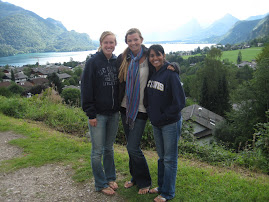
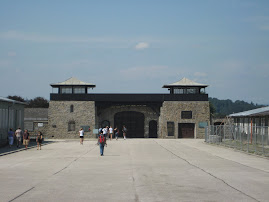
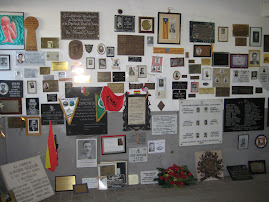
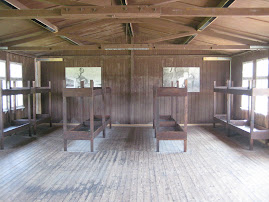
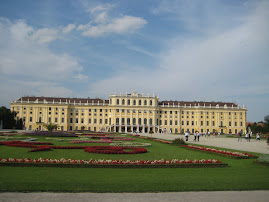
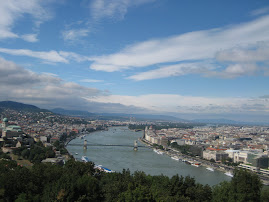
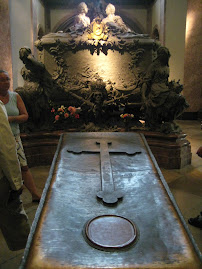
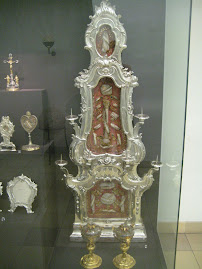
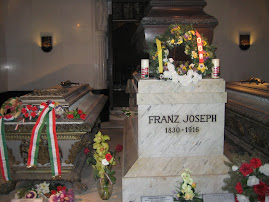

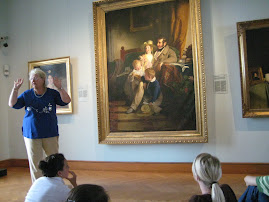
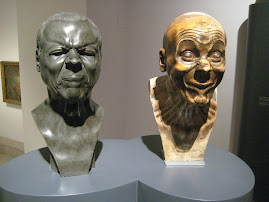
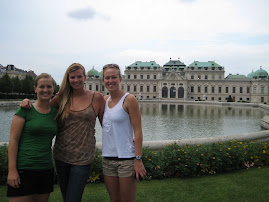
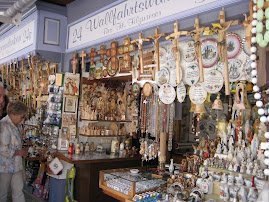
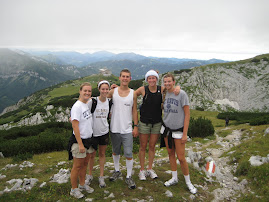
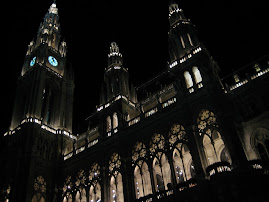
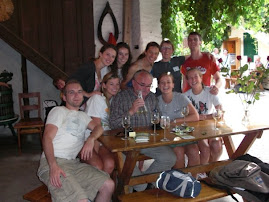
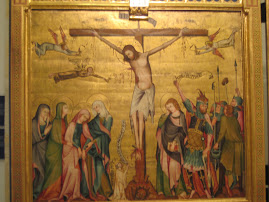
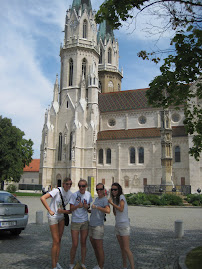
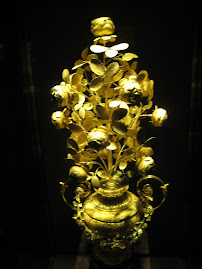
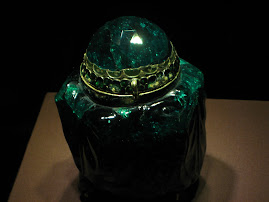
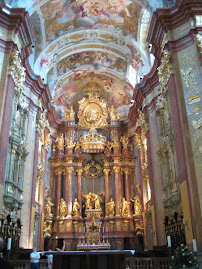
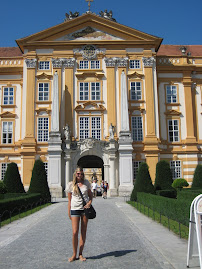

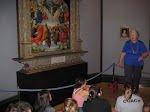
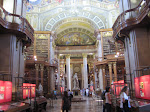
No comments:
Post a Comment